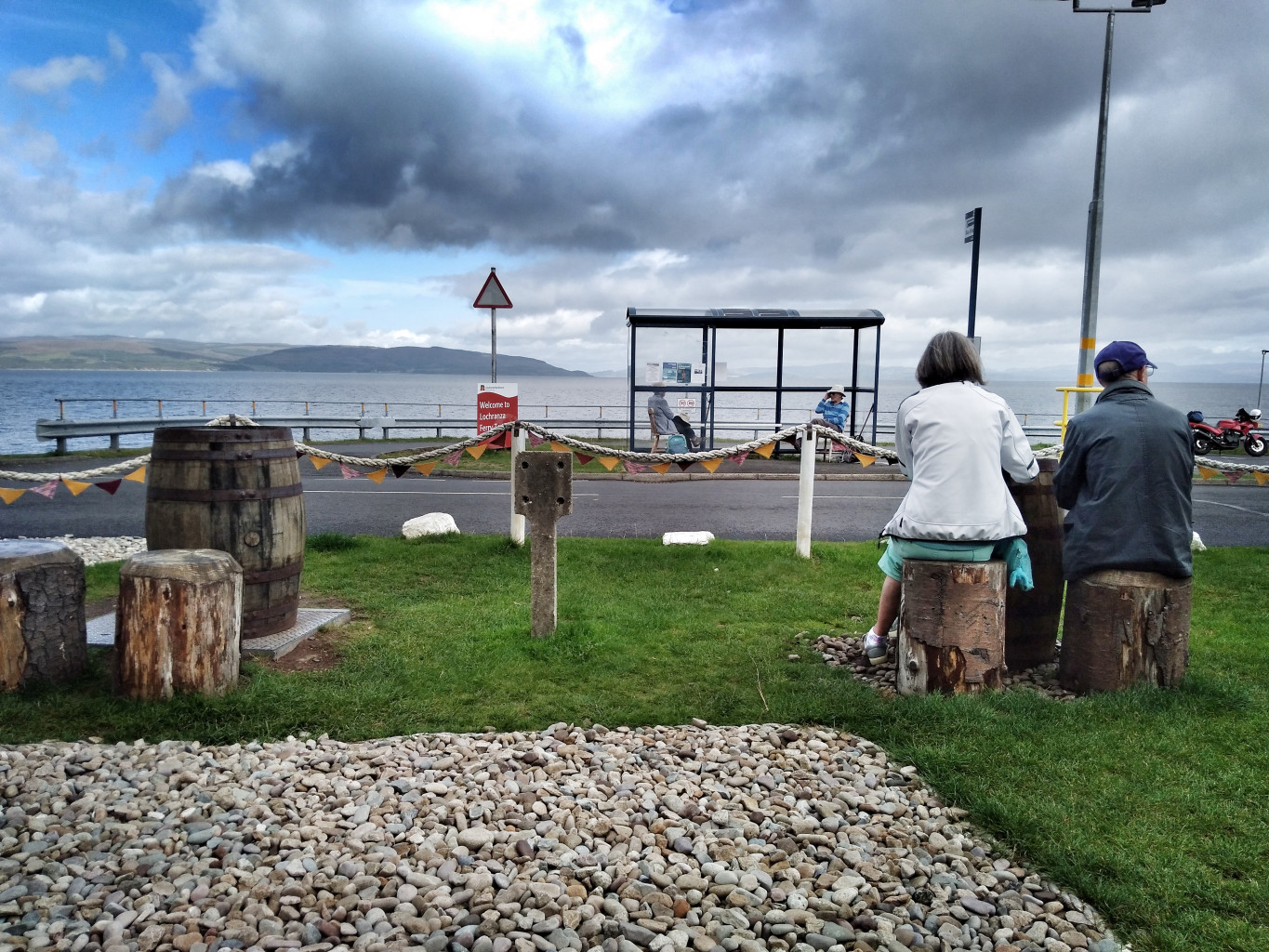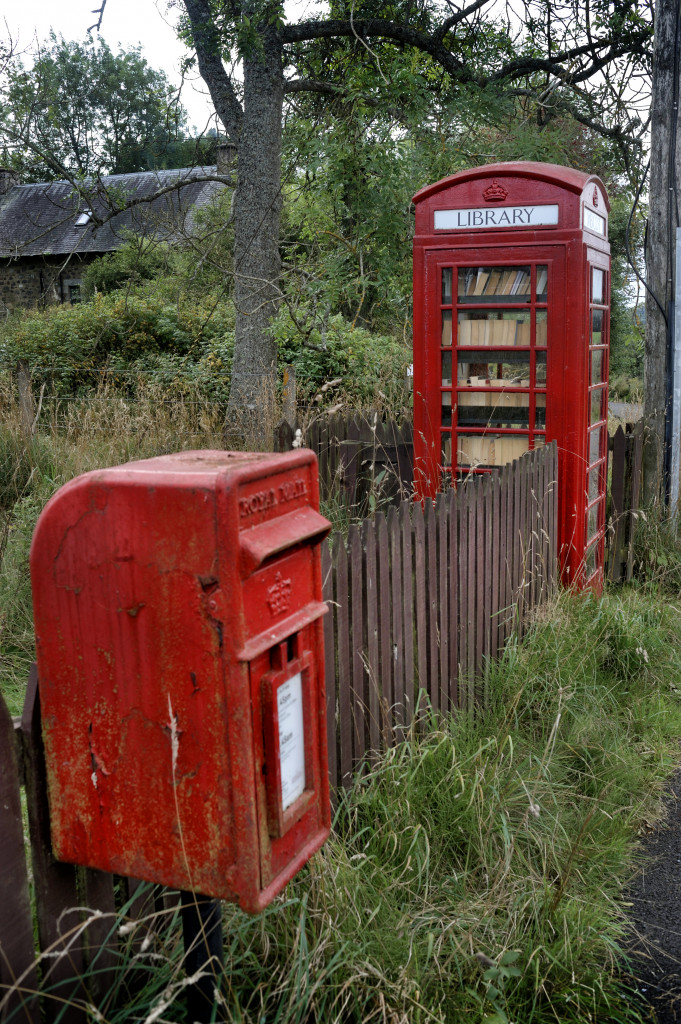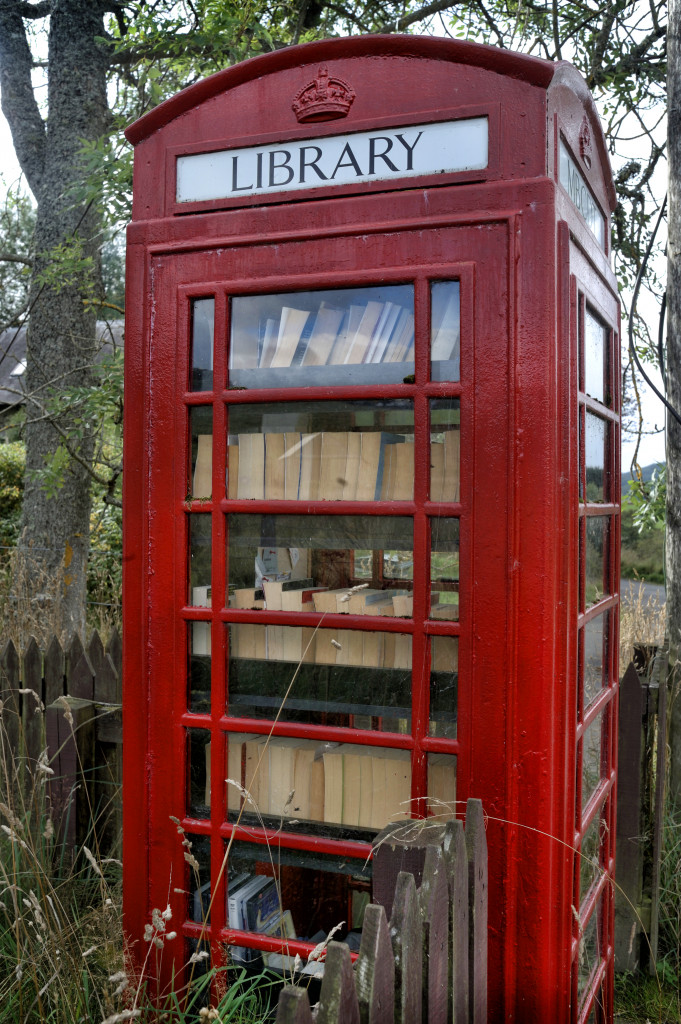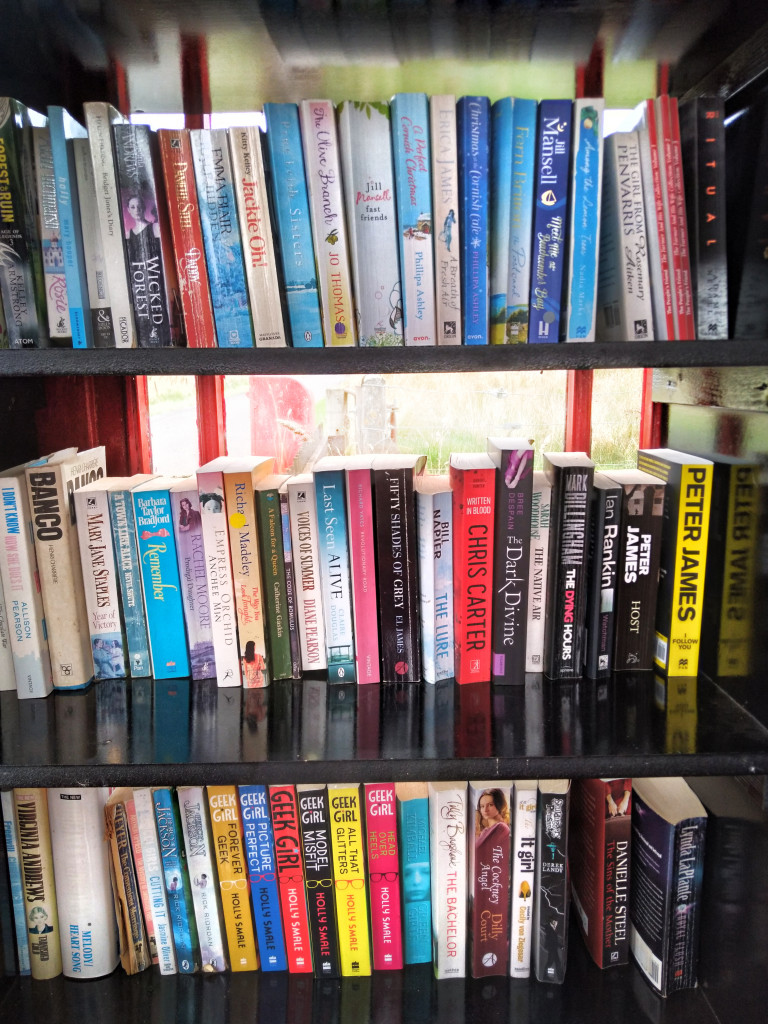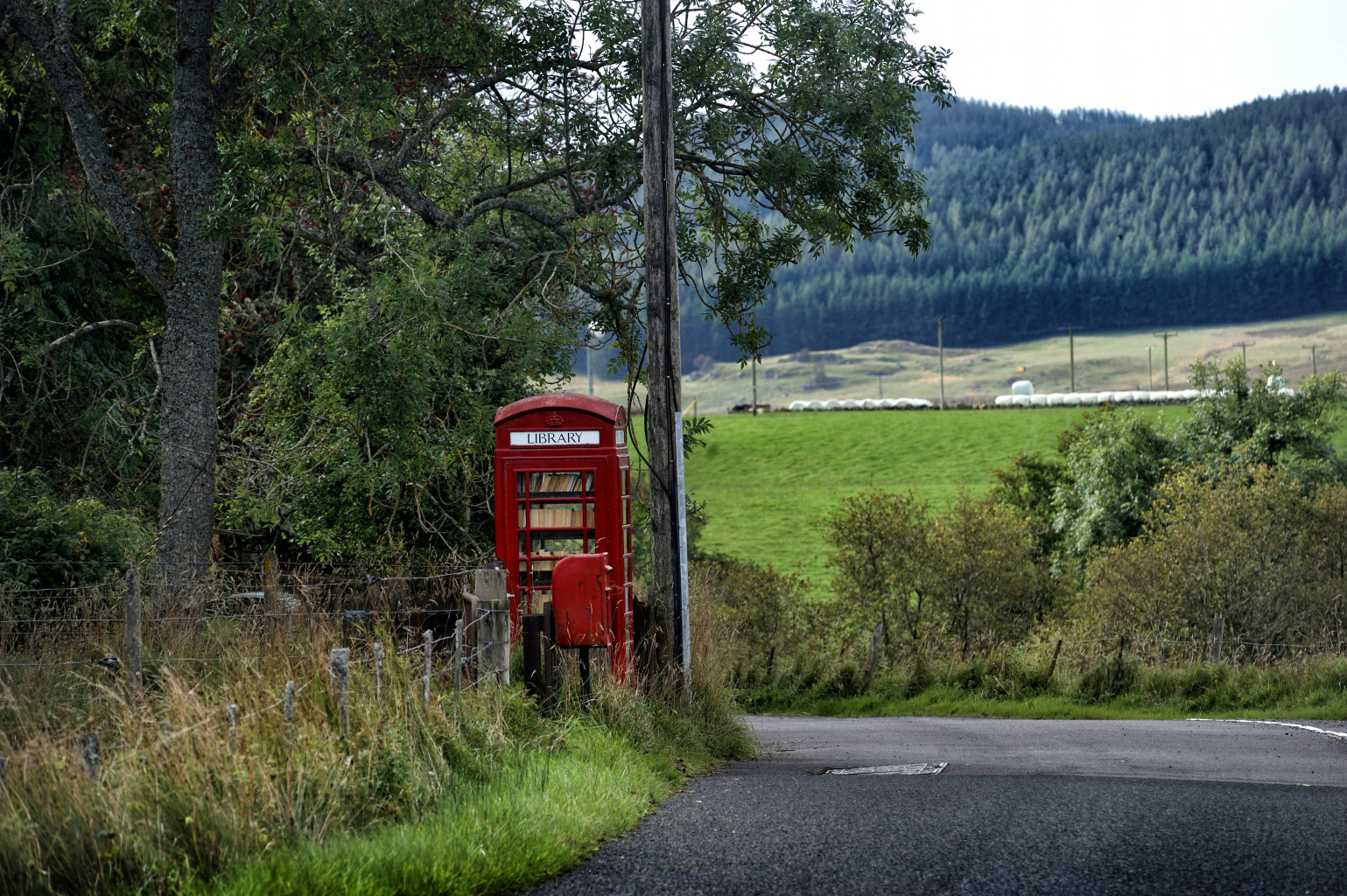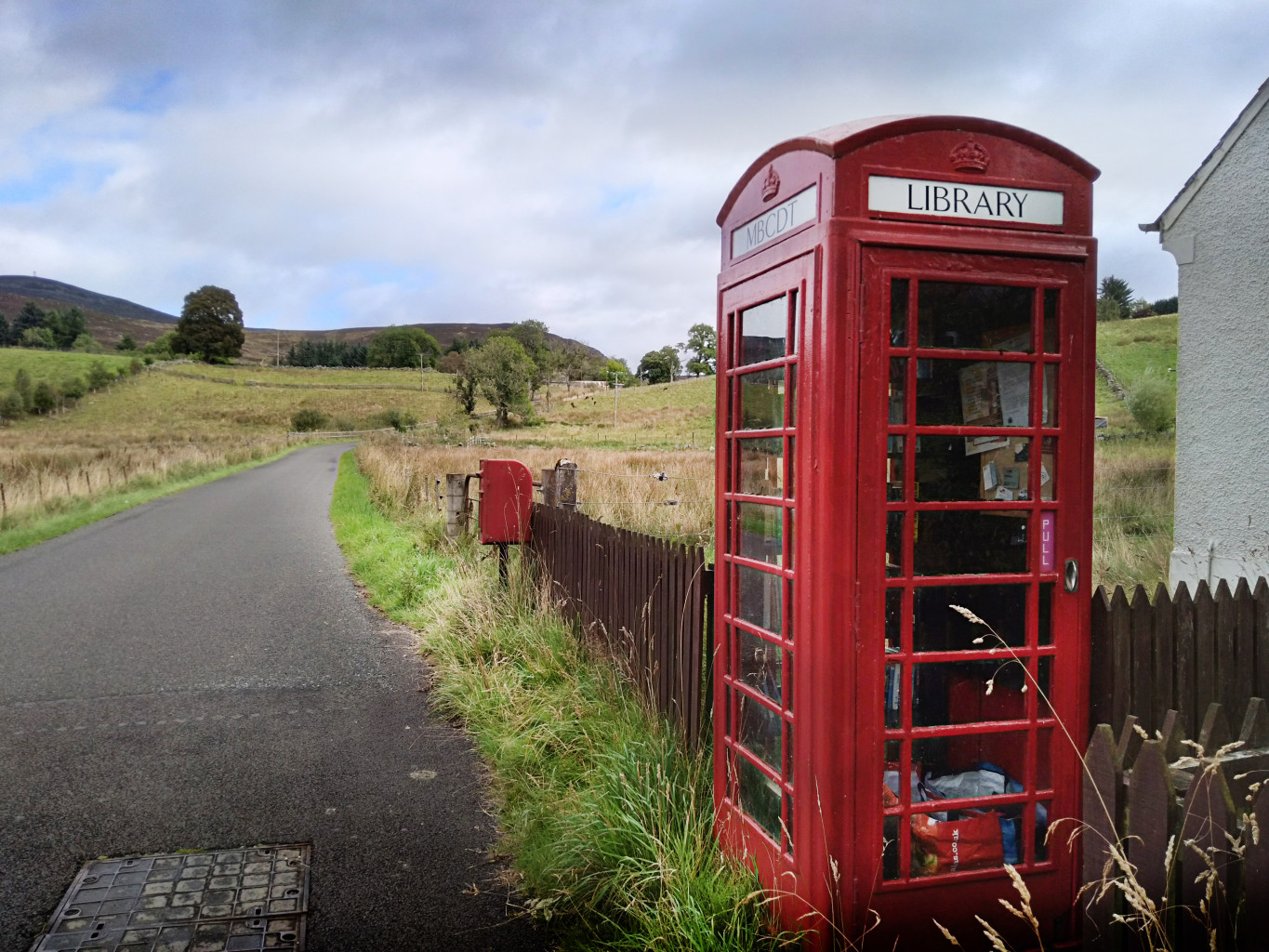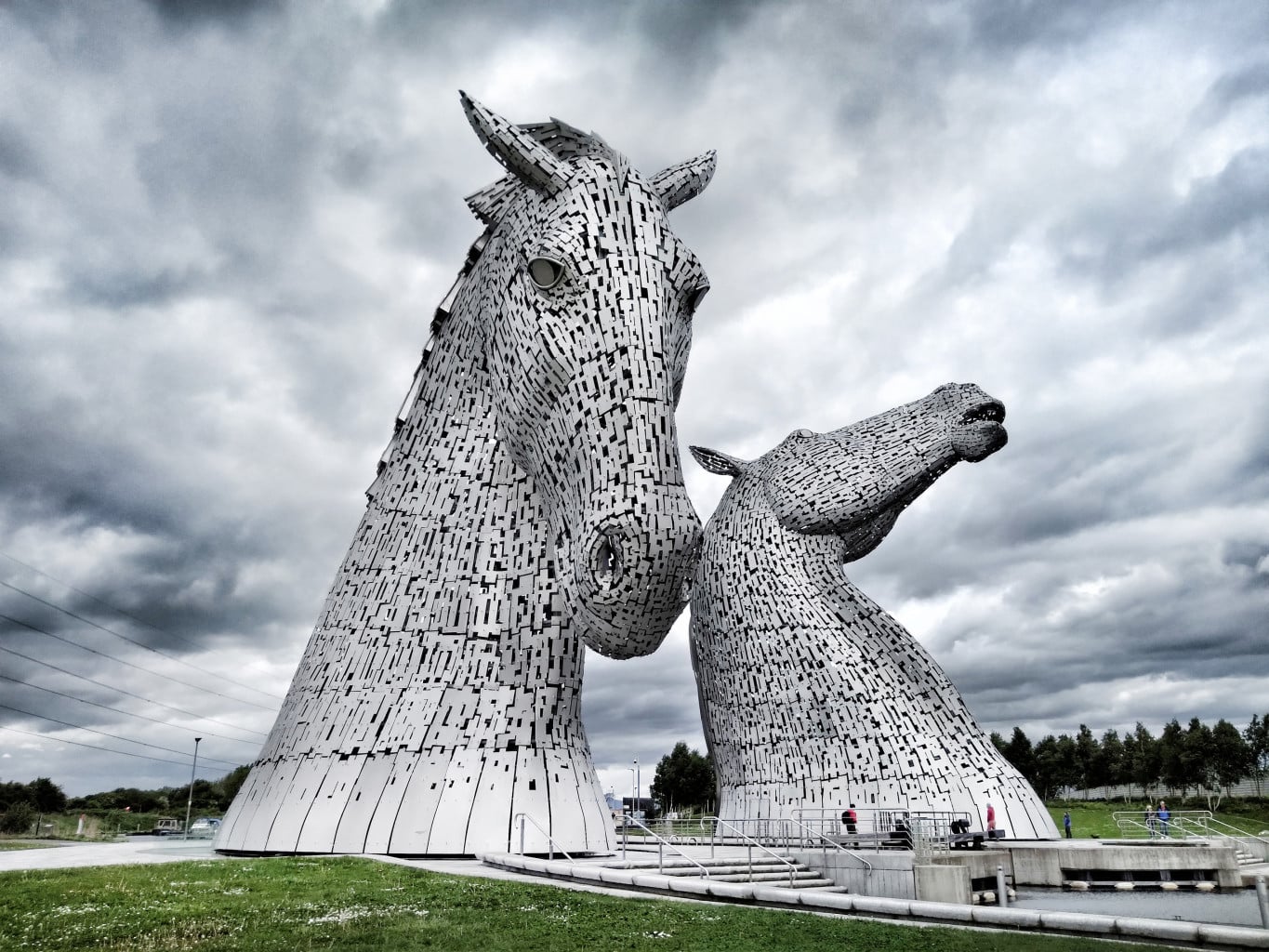 The Test Strip Photoblog is the mini-blog for richardflintphoto.com featuring new, archive and experimental photography, comments on photography, reviews, travel and more.
The Test Strip Photoblog is the mini-blog for richardflintphoto.com featuring new, archive and experimental photography, comments on photography, reviews, travel and more.
Island Tones
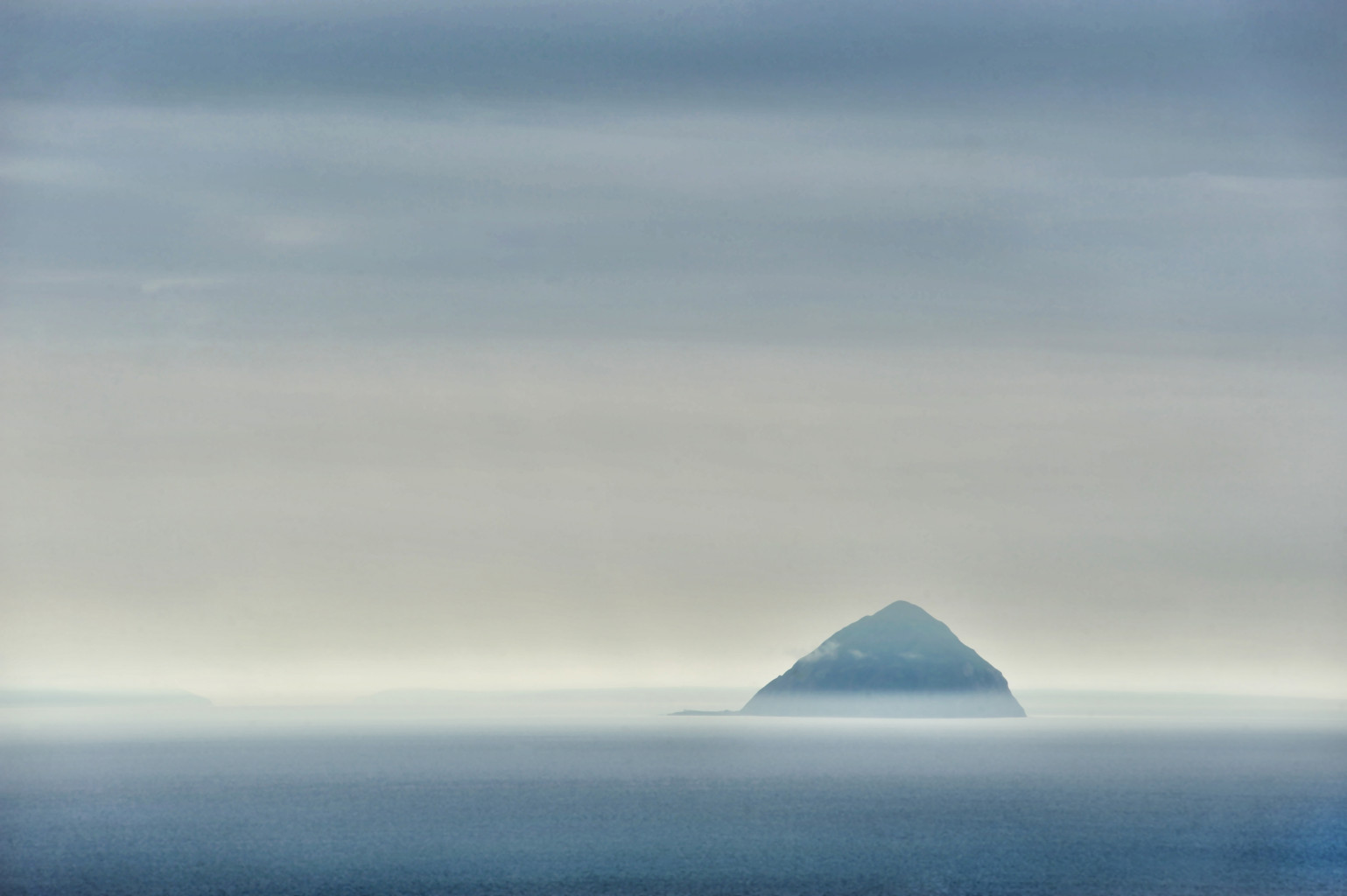
It has been a year of surprises. Not all of them have been pleasant but one surprise I did like was how my photograph of Ailsa Craig turned out. It turned out to be one of those happy events where all the elements come together to produce something outside of my usual photographic style.
Tonal Forecast
Considering the weather conditions and visibility the photograph has a lovely pastel quality. It’s probably BECAUSE of the weather and visibility that the image took on the tonal look it does. Over the years I’ve come to regard my photography style as typically from the documentary school of photography. Gritty, contrasty, sometimes with an element of humour, more often containing some dramatic elements to add some punch to the image. The Ailsa Craig image has something else to it.
Kentmere Days
Many years ago, during my time as a student, my documentary group started experimenting with different paper types. Kentmere produced some wonderful fibre-based papers including one called Art Classic. Sadly the paper is no longer manufactured with the last batch produced in 2017. That’s a big shame because we found that the paper was very good when using toned. My personal favourite was selenium toner. My old documentary group went a bit mad for the art paper (they bought a lot of boxes!) although I personally chose to stay with my regular Ilford Multigrade paper. I loved the Kentmeere paper but found it lacking some of the contrast punch I liked.
Perfect Tone
Although my Ailsa Craig image is in colour, the tones just reminded me of the Kentmere days with my fellow photo mates at college. The tones, a few surprises and a small amount of experimentation reaped great results. Great times. With this image though it seems that it was a heady mix of atmospheric conditions, exposure settings and a bit of magic that came together to create the image. The tones might be a departure from my usual style but I like the end result.
RedBubble Prints
The photograph of Ailsa Craig in the Scottish mist and rain has been added to the RedBubble store and is available to buy as prints etc HERE

